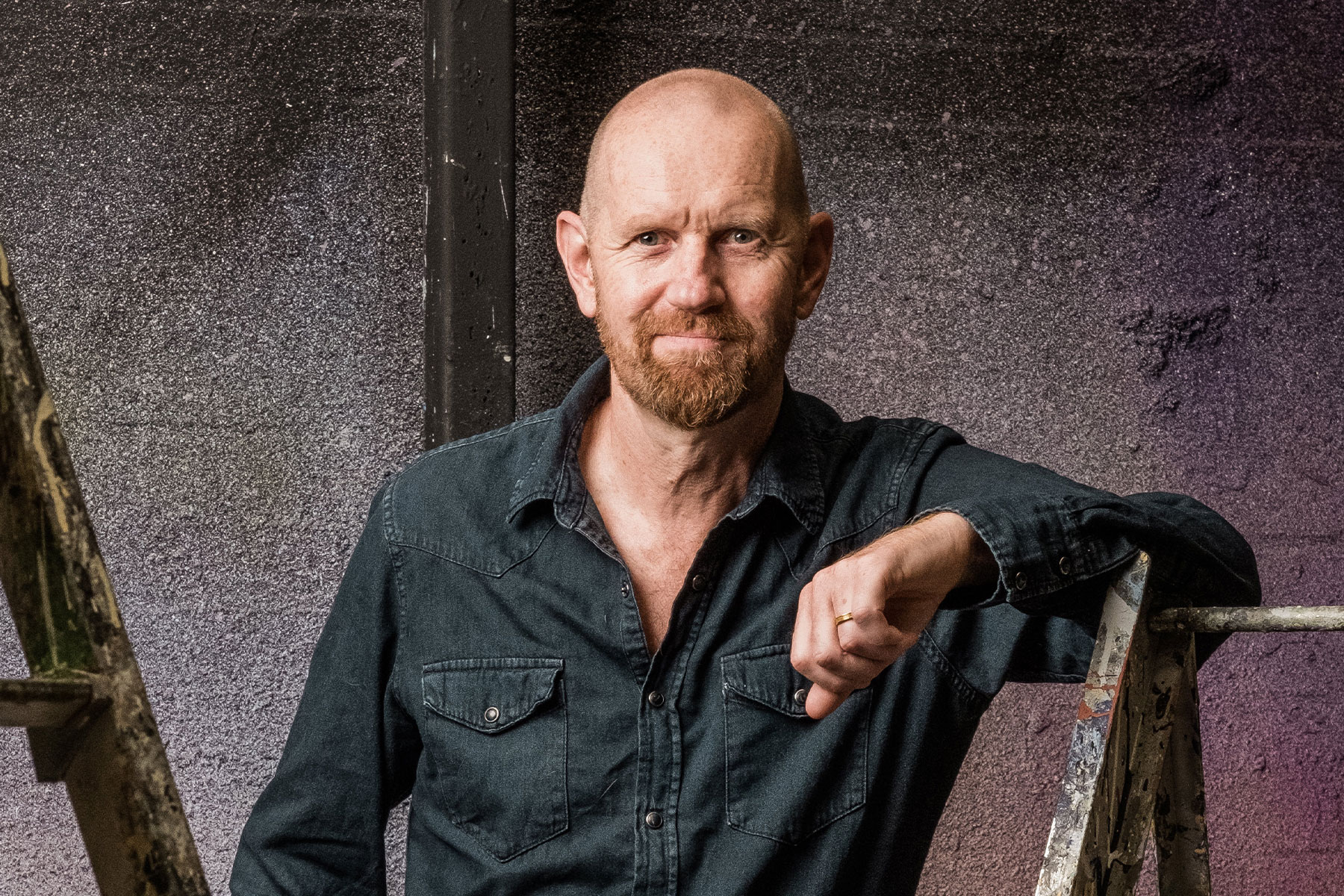Deca Dance (Birmingham)
Batsheva Dance Company is now celebrated as one of the world’s most sensational promoters of new talent. Set to music from the Beach Boys, Vivaldi and often a hushed ambience, Deca Dance takes shape as the group’s debut performance in the UK. Using the Gaga movement language, coined by artistic director Ohad Naharin, the dancers interpreted his direction to express emotion through stunning use of the human form.
The Ensemble is comprised of 16 dancers and makes up the younger branch of the internationally renowned dance troupe. Beginning with an individual dancer on stage, the scene begun with the house lights aglow. Gradually the audience became settled, the lights faded and the full ensemble contorted their way across the stage. On first judgment, and from a cynical point of view, all I saw was 16 young people shaking violently on stage. It wasn’t what I’d ordinarily call dancing. However, as the scene progressed, I loosened up and became enlightened by the dancers expressive way of moving. The voice over told me to “ignore all possible concepts and possibilities” and that is exactly what I decided to do.
The performance was laced with humour, ranging from the lightly whimsical to the downright hilarious. At one point the dancers dismounted the stage dressed in suits and panamas to find partners amongst the audience. Each partner fitted the profile of a middle-aged woman, dressed appropriately for a night at the theatre. They partook in an entirely instruction-less dance routine, to the tune, “Sway”, famously recorded in the UK by Dean Martin. The side-splittingly dynamic performance given by many of the women and professionals was nearing on slapstick. At one point, a dancer even mounted an audience member on the floor, having the audience in stitches.
In contrast, many of the more serious pieces had the hairs on my arms standing on end. The lighting was sensational and was crucial to creating the mood of a piece. One routine in particular was dimly lit with hazy white light, giving an eerie feeling to the scene.
The arrangements fluctuated from the beautiful to the bizarre and were accompanied by forceful cries from the cast and messages about the “illusion of beauty” and the “coexistence of fatigue and elegance”. The lifts were exquisite, verging on contortionist and making clear the dancers’ background in ballet. The performers train six days a week for around seven hours a day and this regimental programme is evident in their precise movement and physical exertion.
The performance was not without hiccups. During the first act one dancer sat a little too close to the curtain and found himself on the wrong side of it during a piece, making what seemed a serious routine slightly amusing. However, his ability to keep a straight face was commendable. Technically the music was fabulous, however during the interval there were some playback issues with the PA system, which scared the doorman half to death. However, the consequence of these minor glitches was minimal and didn’t detract from the performance as a whole.
A demonstration was held outside the theatre and some protestors purchased tickets to the show to enable protesting inside the auditorium. Choreographer Naharin has openly criticised Israel’s occupation of Gaza and the West Bank. However, protesters claim that Batsheva is a state-funded company that promotes “Brand Israel”. The Hippodrome staff dealt well with the interruption and the artists did not let it handicap their performance. In a Q&A session at the end of the recital, one dancer gave her thoughts on the protest, saying; “This is our art and it is not easy to be on stage and have to deal with something not connected to art… it’s a shame as a dancer to get this violence to our faces, when you’re trying to give a gift… but the show must go on, we are going to do what we came to do.”
– Hannah Sweetnam










